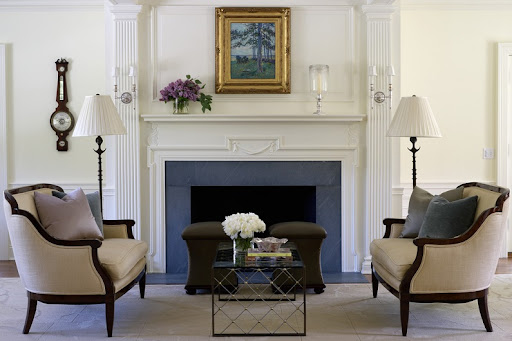Pilasters in the interior. History, designs, types, installation. Manufacturing on a CNC machine. Models.

Pilasters in modern interiors are no less popular than in the old days. This is a universal classic architectural element, appropriate in all eras, used both in the design of building exteriors and in interior design and furniture decor. Pilasters are most often used in the design of classic interiors. They give a strong association with antiquity and the Renaissance. Therefore, they emphasize the style well.
A pilaster is composed of:
Pilasters are called protrusions made in the shape of a column.
We wrote more about what pilasters are in the section 3D models of pilasters.
The pilaster consists of three key parts (the same as the column):
- Base
- Pillar
- And the capital
Base – the lower part, the base on which a pilaster or column stands.
The pillar is the main vertical part. May differ in cross-sectional shape (rectangular, semicircular). The body can be carved or smooth.
The capital is the upper part of the product. Often it is most magnificently decorated with decor reminiscent of elegant stucco.
When making capitals and creating a 3D model of the future product, it is advisable to maintain proportions so that the decor looks harmonious and holistic.
Unlike a column, pilasters are flat on one side and three-dimensional on the other, or a completely flat element with small decorative protrusions. While the column is an exclusively volumetric element.
Functional:
The main role of a pilaster is decorative (unlike a column, it is almost never a load-bearing, structural part and is not intended to hold anything).
A reference to the chosen interior style (pilasters are perfect for classics and evoke appropriate associations).
In some cases, a pilaster can serve to hide irregularities, imperfections, defects in walls, as well as to hide some functional element, for example, wiring, etc.
Another purpose of pilasters is to accentuate attention (for example, when decorating a portal for a fireplace, when decorating a niche in the wall).
In addition, with the help of pilasters installed on the walls, you can visually divide the room into zones.
Finally, thanks to this decorative element, a special mood is created - solemn, majestic. Therefore, pilasters can often be found in the decor of magnificent halls, registry offices, and palaces.
A few facts from history:
They say that the first pilasters appeared in antiquity. True, they looked more like half-columns - one part of which was flat and attached to the wall, and the other round.
And already in Ancient Rome, rectangular pilasters appeared. They were made exclusively from stone - marble, granite. And they were attached only to the facades.
Pilasters began to appear in interiors much later - during the Renaissance. It was then that pilasters began to decorate furniture, walls, paintings, fireplaces, arches, etc.
Application:
Nowadays, pilasters are more often used for:
- furniture decor,
- wall decorations,
- framing fireplace portals, arched openings,
- in some cases to decorate facades,
- for decorating corners (furniture, buildings)
- for decorating doors and doorways,
- for window framing
- for decorating frames, paintings, mirrors
- and so on.
The application is limited in no way and depends only on the wishes of the customer and the imagination of the designer.
Kinds:
Pilasters (according to the section of the trunk) can be:
- Rectangular
- Semicircular
- Complex - relief, changing geometry on different parts of the trunk.
In addition, they can be prefabricated or dismountable (where the barrel, base and capital are assembled separately).
In style - in the Roman style, in the ancient Greek, in creative modern designs, etc.
Material, manufacturing:
The materials for making pilasters are most often marble, granite (for outdoor options), wood, MDF, polyurethane, and foam.
Each option has its advantages and disadvantages.
Currently, CNC machines are used to produce pilasters (or forms for them).
Numerical software control allows you to create pilasters of any complexity on the material, in accordance with the 3D model of the future product. They will implement decor of any complexity on the material in the shortest possible time. They will ensure the strength of decorative elements and a long service life.
Installation:
Installation will depend on the material from which the pilasters are made.
In general, the scheme is something like this:
- Surface preparation (it should be flat, clean, smooth).
- Marking (for perfectly even placement of the part).
- Fastening (if the pilaster is collapsible, then you will first need to connect the parts to each other and to the wall, if it is assembled, then directly to the wall - with glue or self-tapping screws)
- Finish coating (pilasters can be varnished, painted, decorated with gilding or patinated to create the effect of cracked paint and antiquity).
- Decorating an item with pilasters will make it more refined, more attractive, and increase its value.
You can select a 3d stl model of pilasters or columns in the appropriate sections (see link).
You may also be interested in the following articles:
- Ceilings with applied decor: types and 3D models
- Modern classic. Style features. CNC products. 3D models.
- Materials for cutting on CNC machines



